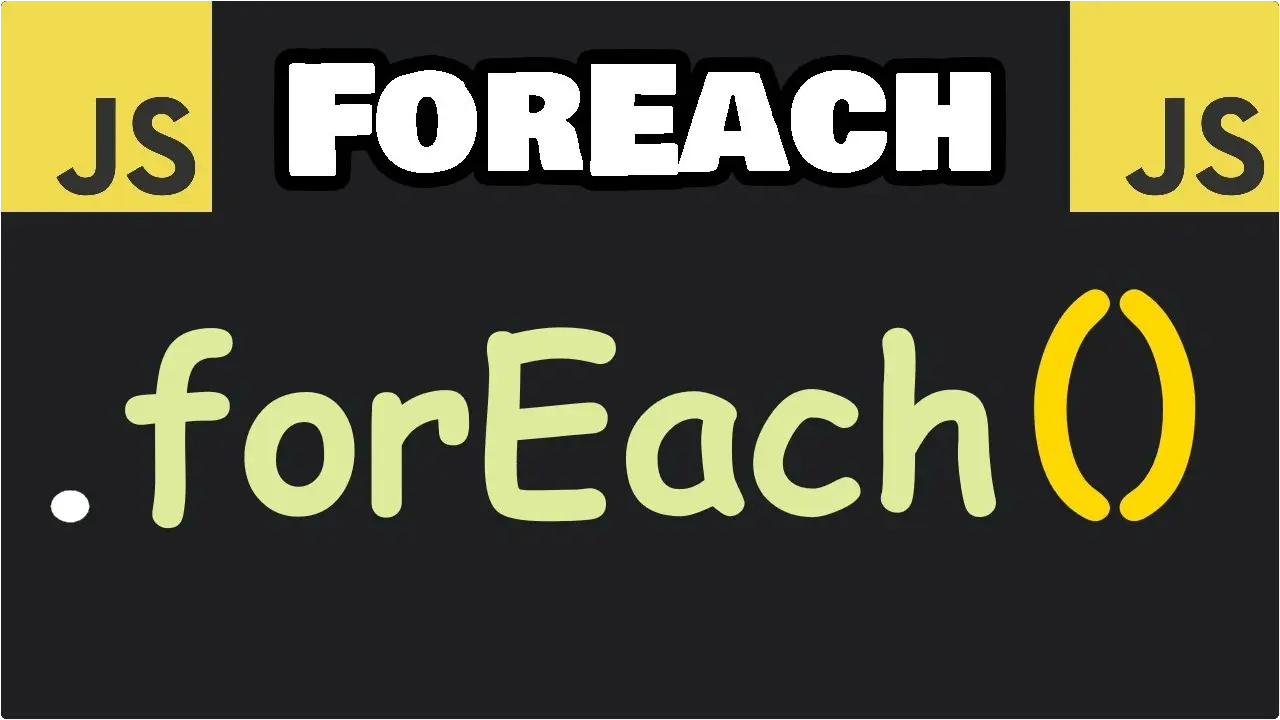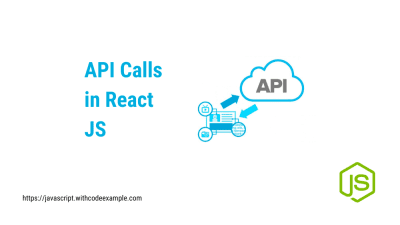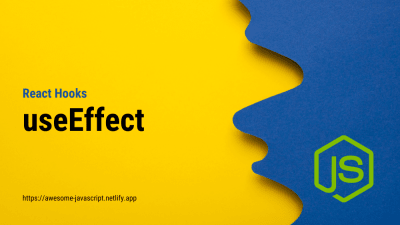Building Real-World Applications in React: A Step-by-Step Guide
- With Code Example
- September 13, 2023

Series - React Js Course
- 1: React Js Introduction
- 2: Getting Started with React: A Step-by-Step Guide
- 3: Components and Props in React
- 4: Understanding State and Lifecycle in React
- 5: React Event Handling: From Basics to Advanced Techniques
- 6: React Router Mastery: Dynamic SPAs Made Easy
- 7: Redux State Management Simplified
- 8: Handling API Requests and Data in React
- 9: Building Real-World Applications in React: A Step-by-Step Guide
- 10: React Performance - Improving User Experience
- 11: Testing and Debugging in React
- 12: Deployment and Beyond
Building real-world applications in React involves leveraging the capabilities of the React library and integrating it with other tools and technologies to create interactive, dynamic, and scalable web applications. Here’s a step-by-step guide on how to go about building real-world applications in React:
Setup Your Development Environment:
- Make sure you have Node.js and npm (Node Package Manager) installed on your machine.
- Use
create-react-appor a similar boilerplate to set up a new React project. This tool provides a basic project structure, development server, and other configurations to get you started quickly.
Project Structure:
- Organize your project into folders and files. A common structure includes folders for components, assets (like images and styles), services, and routing.
Design Your Application:
- Sketch out the user interface and user experience of your application. Create wireframes or design mockups to have a clear vision of what you want to build.
Components:
- Break down your UI into reusable components. React encourages the use of a component-based architecture.
- Start with creating simple components like buttons, forms, and headers, and then compose them to build more complex components.
State Management:
- Decide on a state management approach. For smaller applications, React’s built-in state management might be sufficient. For larger apps, consider using Redux, Mobx, or the Context API.
Routing:
- Implement client-side routing using libraries like React Router. Define routes for different views or pages in your application.
API Integration:
- Connect your application to external APIs or backend services to fetch and display data. You can use the
fetchAPI or libraries like Axios for making HTTP requests.
- Connect your application to external APIs or backend services to fetch and display data. You can use the
Forms and User Input:
- Create forms for user input. Utilize controlled components to manage form state.
Styling:
- Apply CSS styles to your components. You can use plain CSS, CSS-in-JS libraries like styled-components, or CSS pre-processors like SASS.
Authentication and Authorization:
- If your application requires user authentication, implement it using libraries like Firebase Authentication or OAuth.
Testing:
- Write unit tests for your components and integration tests for your application using tools like Jest and React Testing Library.
Optimization:
- Optimize your application for performance. Use React’s built-in features like memoization and lazy loading for code-splitting.
Deployment:
- Choose a hosting platform like Netlify, Vercel, or AWS for deploying your React application.
- Configure your deployment pipeline to build, test, and deploy your application automatically when you push changes to your version control system (e.g., GitHub).
Continuous Integration and Continuous Deployment (CI/CD):
- Set up CI/CD pipelines to automate the testing and deployment process.
Monitoring and Analytics:
- Implement analytics and monitoring tools to track user interactions, errors, and performance. Services like Google Analytics and Sentry can be helpful.
Documentation:
- Document your code, components, and APIs for future reference and for collaboration with other developers.
Accessibility:
- Ensure your application is accessible to all users. Use semantic HTML, provide alternative text for images, and make your app keyboard navigable.
Security:
- Implement security best practices to protect your application from common web vulnerabilities like Cross-Site Scripting (XSS) and Cross-Site Request Forgery (CSRF).
Maintenance and Updates:
- Keep your dependencies up to date and regularly maintain your application by fixing bugs and adding new features based on user feedback.
User Testing and Feedback:
- Gather feedback from real users and use it to improve your application iteratively.
Building real-world applications in React can be a challenging but rewarding experience. It’s important to plan, architect, and document your project well to ensure its long-term success and maintainability.
Building a To-Do List app in React
Building a simple To-Do List app in React is a great way to get started with React development. Here’s a step-by-step guide along with sample code:
Set Up Your Development Environment:
- Make sure you have Node.js and npm (Node Package Manager) installed on your machine.
Create a New React App:
- Open your terminal and run the following command to create a new React app using
create-react-app:
npx create-react-app todo-list-app- Open your terminal and run the following command to create a new React app using
Project Structure:
- Navigate to the project folder and open it in your code editor.
Create a To-Do Component:
- Create a new file called
Todo.jsin thesrcfolder. This file will contain the To-Do component.
// src/Todo.js import React, { useState } from 'react'; function Todo() { const [tasks, setTasks] = useState([]); const [input, setInput] = useState(''); const addTask = () => { if (input.trim() !== '') { setTasks([...tasks, input]); setInput(''); } }; const removeTask = (index) => { const updatedTasks = [...tasks]; updatedTasks.splice(index, 1); setTasks(updatedTasks); }; return ( <div> <h1>To-Do List</h1> <div> <input type="text" value={input} onChange={(e) => setInput(e.target.value)} /> <button onClick={addTask}>Add Task</button> </div> <ul> {tasks.map((task, index) => ( <li key={index}> {task} <button onClick={() => removeTask(index)}>Remove</button> </li> ))} </ul> </div> ); } export default Todo;- Create a new file called
Render the To-Do Component:
- Open the
src/App.jsfile and replace its contents with the following code:
// src/App.js import React from 'react'; import './App.css'; import Todo from './Todo'; function App() { return ( <div className="App"> <Todo /> </div> ); } export default App;- Open the
Styling (Optional):
- You can add some CSS to style your To-Do List app by modifying the
src/App.cssfile.
- You can add some CSS to style your To-Do List app by modifying the
Start the Development Server:
- Save your changes and start the development server by running:
npm startThis will open your To-Do List app in a web browser.
Now, you have a basic To-Do List app built with React. You can add tasks, remove tasks, and see them displayed in a simple list. You can further enhance this app by adding features like task completion, due dates, and persistent storage using local storage or a backend server.





